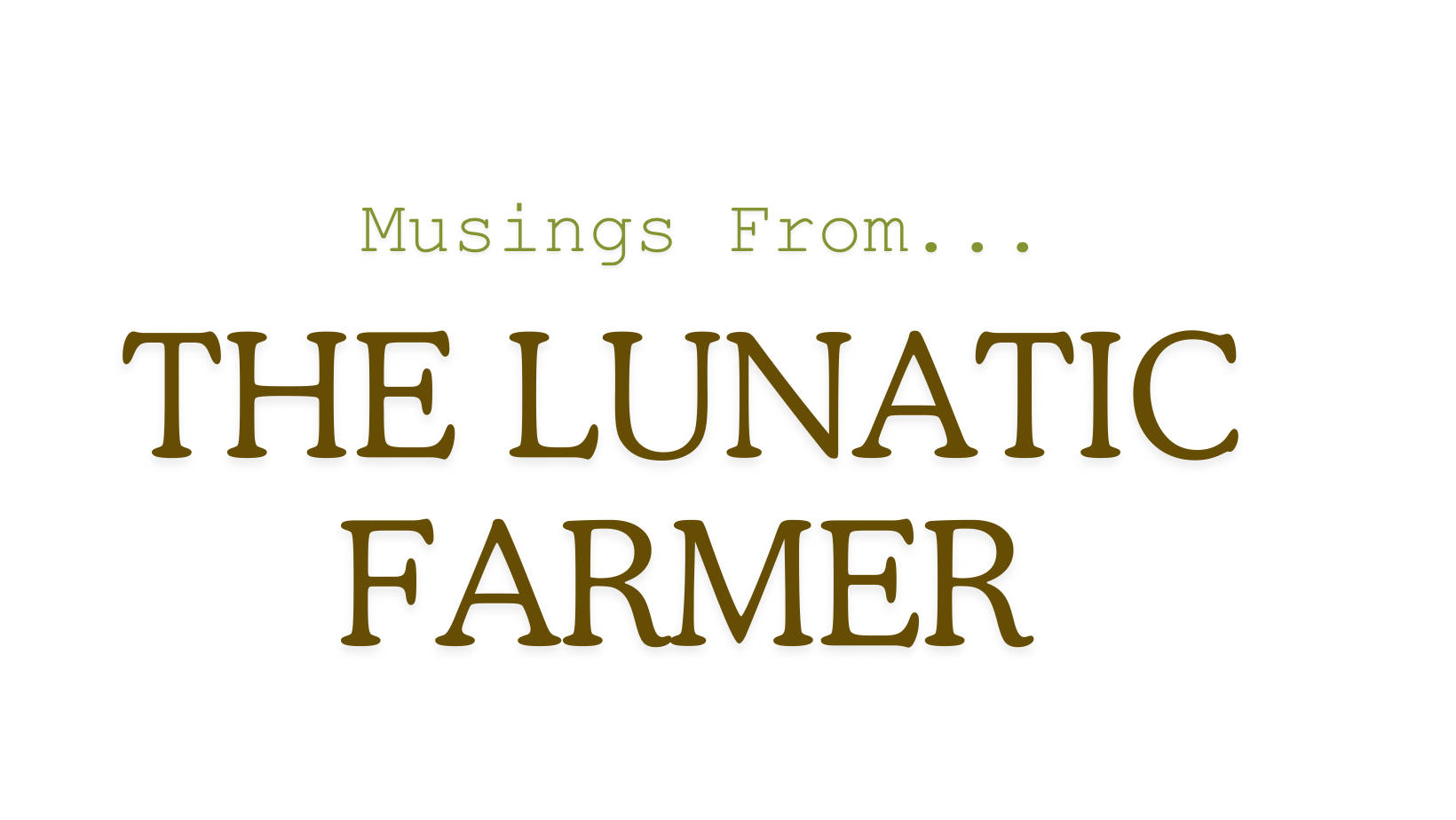WHAT ARE THEY DOING?
If you’ve seen news headlines you know that a research team in the Netherlands examined blood from 22 people and found microscopic plastic particles in the bloodstream of 17. For the first time, this confirms that micro-plastics are piercing the blood barrier and coursing through our veins. Lovely.
This problem has numerous sources but the top two apparently are plastic water and beverage bottles and drinking municipal tap water. Food packaging is a secondary source, along with polluted air.
Certainly all of that deserves a discussion, but like most news stories these days, this one begs the question: why did 5 of the 22 not have any micro-plastic in their blood?
Is that not the most obvious question? Based on the news articles, however, nobody is asking that question.
As a farmer, we’re always interested in the healthy ones. Decades ago when we eliminated grubicides from our cattle repertoire, we began running the stockers (weaned one-year old calves) through the chute and counting the heel fly warbles on their backs. Heel flies hatch in the early spring, chase small calves (they’re tender) and lay eggs at the hairline of their heels. The eggs hatch into tiny worms that burrow into the hide and begin a six-month journey up through the body and finally end up under the skin on the back.
At that point, the worms turn from anaerobic to aerobic, meaning they need oxygen to breathe. The worms secrete a juice that dissolves a hole about a quarter inch in diameter in the hide. By this time, the worms, called heel fly warbles, are up to two inches in size. When you rub your hand on the back of the calf, the warbles feel like bumps. Cows are not subject to the problem because their hide is too tough.
When we decided to quit using grubicides, we added a chute run-through to our spring routine and squeezed out these warbles. They pop out like a big zit. The tool of choice was an old-fashioned glass Coke bottle. I’d place the mouth over the air hole and push down; the warble would pop up in the bottle and I’d dump it into a cup to feed the chickens. Interestingly, the number of warbles on each calf varied dramatically.
That first year the worst calf had up to 20 and the best calf had only 2. We made a note of each calf’s numbers and culled the cows with the worst two calves. Within only a couple of years, we started having calves with zero warbles and the worst had dropped to a dozen. The point is that our whole focus was to increase the number of good ones.
What does that have to do with micro-plastics and the Netherlands study? If 5 of the 22 subjects had none, I want to know how to be like them. Yes, we can talk about the problem of micro-plastics, but why don’t we find out how these 5 people live, what they eat, where they live, what they do as a routine? Let’s encourage whatever they’re doing to be a new standard because obviously they have an answer to the problem.
Just like our cows that had warble-free calves, obviously those genetics and mothering and living decisions (did those mothers know to eat a certain herb in the field that made their offspring less acceptable to heel flies, or did these mothers know to get their calves in certain parts of the field less susceptible to heel fly infestation?) protected their calves from something that bothered the other calves. They were all together all the time and yet some were completely free of warbles.
Similarly, if 5 of the subjects are micro-plastics free, I’d like to know their secret so I can duplicate it in my own life. But researchers would rather find bogeymen and demand bureaucratic regulation and protests. Apparently, life is much more fun when you have enemies to fight instead of friends to embrace.
Are you doing anything to reduce plastics touching your life?
